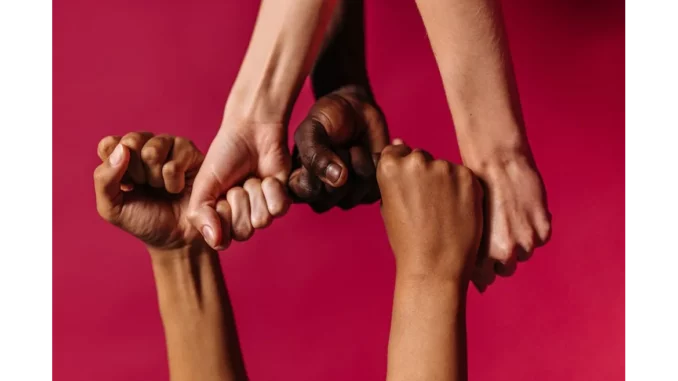
When I had the privilege of meeting Dr. Sarah Kumar, a distinguished orthopaedic specialist at City Care Hospital, I was drawn into a compelling conversation about the latest innovations in orthotic technology. Initially uncertain of what the discussion might entail, I was soon captivated by the world of bio-compatible, 3D-printed orthotic devices and their revolutionary impact on patients like 15-year-old Anamta Ahmad.
Dr. Kumar’s warm greeting and palpable enthusiasm set the tone for our meeting. “It’s an exciting time to be in this field,” she declared with genuine passion. Her eyes sparkled as she recounted the journey of Anamta, the youngest patient to benefit from Imaginarium’s state-of-the-art orthotic device. Anamta, a vibrant teenager with a fervent passion for sports, had faced a daunting challenge when a serious leg injury during a football match jeopardised not only her mobility but also her ambitions in competitive sports. “For someone so young and talented, it was a heartbreaking setback,” Dr. Kumar reflected. “But that’s where cutting-edge technology made all the difference.”
Imaginarium, a leader in the realm of medical-grade 3D-printed devices, had recently launched an orthotic device poised to transform recovery paradigms. Unlike conventional orthotics, which often necessitate lengthy periods of customisation and fitting, these devices are meticulously tailored to the patient’s unique anatomy using sophisticated 3D scanning technology. “The precision and speed with which these devices are crafted is astonishing,” Dr. Kumar remarked, her excitement evident. “It’s a revolutionary development for healthcare professionals and patients alike.”
The journey began with an intricate 3D scan of Anamta’s leg, capturing details that conventional methods could scarcely replicate. “The elegance of 3D printing in orthotics lies in its unparalleled customisation,” Dr. Kumar elaborated. “We can modify the design to meet specific needs, ensuring both optimal support and comfort.” Once the design reached its final form, the orthotic was printed using bio-compatible materials known for their lightweight yet durable properties. This choice not only ensured the device’s safety for prolonged skin contact but also provided the essential support required for Anamta’s recovery. “Initially, Anamta was hesitant,” Dr. Kumar recalled with a smile. “But once she experienced the comfort and support of the device, her confidence soared.”
The impact on Anamta’s rehabilitation was nothing short of remarkable. Within weeks, she was able to resume light activities, and her recovery advanced at an unprecedented rate. “The orthotic offered the stability she needed while allowing her natural movement,” Dr. Kumar detailed. “This balance is key to accelerated healing.” What particularly resonated during our conversation was the holistic approach embraced by Dr. Kumar and her team, focusing not only on the physical aspects of recovery but also on the emotional well-being of their patients. “For young patients especially, addressing mental health is crucial,” Dr. Kumar stressed. “A positive mindset can greatly influence the healing journey.”
Curious about the broader implications of such technological advancements in the medical field, I delved deeper into the discussion. Dr. Kumar’s outlook was optimistic. “The potential is vast,” she asserted confidently. “We are already witnessing applications in prosthetics, dental devices, and surgical tools. The possibilities are boundless.” However, she was quick to acknowledge that while technology offers remarkable tools, it is the human element—empathy, understanding, and expertise—that truly drives patient recovery. “It’s essential to remember that at the core of these advancements, we are working with individuals who each have unique stories and needs,” she reflected thoughtfully.
As our conversation drew to a close, I inquired about Dr. Kumar’s hopes for Anamta’s future. Her response was immediate and heartfelt. “I hope she never loses her love for sports and that this experience empowers her to pursue her dreams with even greater determination,” she said, her voice brimming with pride. Leaving City Care Hospital, I was inspired by the seamless fusion of technology and humanity I had witnessed. Anamta Ahmad’s story stands as a testament to the power of innovation and the resilient spirit of those who refuse to let adversity define them. It serves as a reminder that with the right tools and support, recovery is not merely an aspiration but a promise.


Be the first to comment